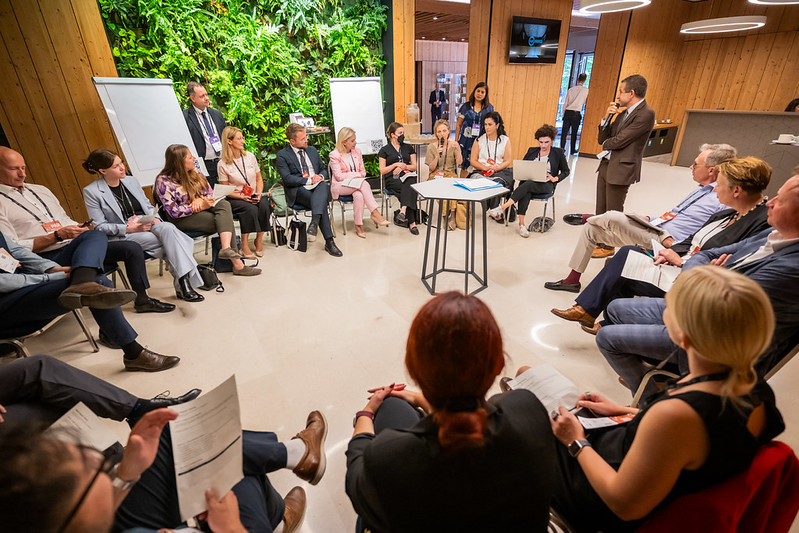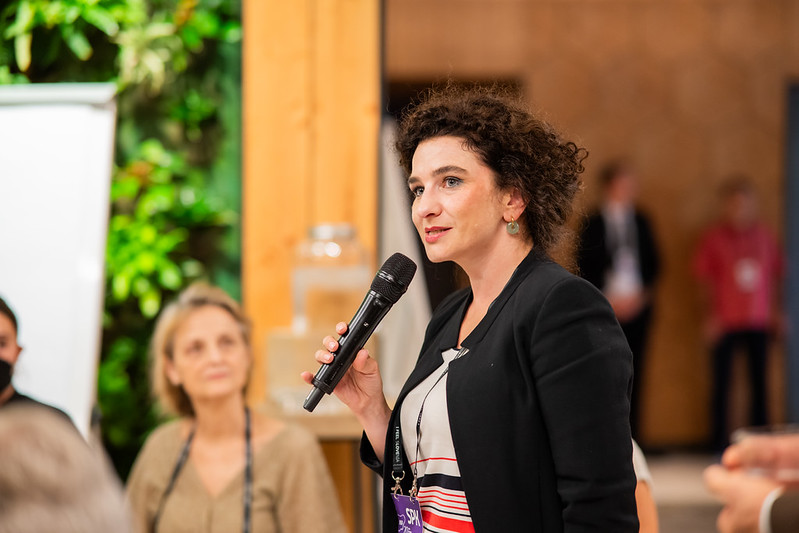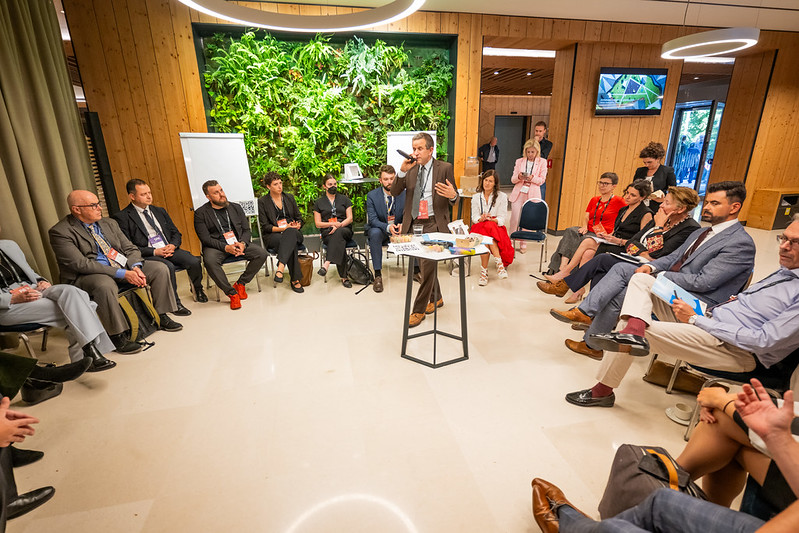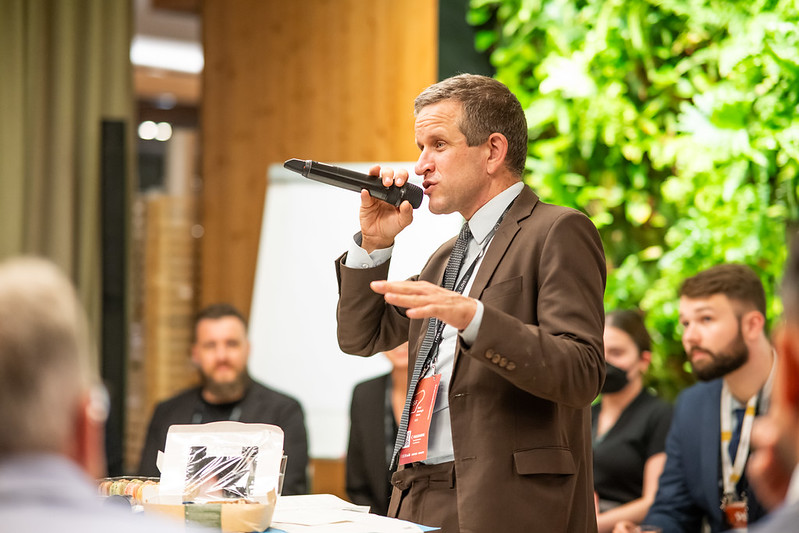Activities
Bled Strategic Forum 2025 – GDL Inclusive Diplomacy Lounge
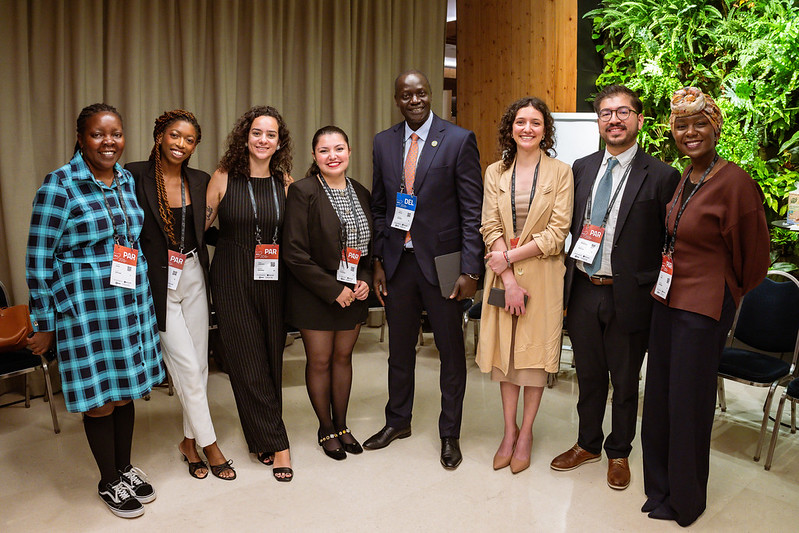
Format
Topic
Tactics for Turbulence: Diplomacy from the Margins
1–2 September 2025 | Bled, Slovenia
Facilitators: ElsaMarie D’Silva, Peter Johnson, Shota Bukoshi, Elizabeth Maloba, and Stefan Cibian
Report by: ElsaMarie D’Silva
Purpose
The Global Diplomacy Lab (GDL) convened a three-part Inclusive Diplomacy Lounge during the Bled Strategic Forum 2025 to explore how diplomacy must evolve amid social fragmentation, digital disruption, and growing trust deficits. The sessions brought together traditional diplomats, youth leaders, activists, technologists, and peace-builders in a shared space for dialogue, foresight, and co-creation.
Session 1: Diplomacy Ahead – Tools for Navigating Tomorrow
1 September 2025 | Duration: 60 minutes | 4:00–5:00 pm
Format: Interactive foresight session
This interactive session equipped participants with tools of strategic foresight to anticipate future trends and challenges in diplomacy. Participants practiced horizon scanning, identified early signals of change, and worked in small groups to develop emerging scenarios. The session aimed to enhance anticipatory capacity and promote collaborative responses to global uncertainty.
Signals Identified by the Group
- Loneliness as a Growing Social Risk – Increasing isolation, particularly in urban areas, is emerging as both a public health and societal challenge. Loneliness erodes social cohesion and may affect democratic participation.
- Technology and the Rise of Contactless Interaction – Automated and contactless systems such as Airbnb’s self check-ins point to a world where efficiency is prized over connection, potentially weakening interpersonal trust.
- Vaccinations as a Divisive or Unifying Factor – Vaccinations highlight how health measures can become politicized flashpoints or, conversely, opportunities for collective action—showing how trust in institutions is shaped by transparency and inclusion.
Report-Back Reflections:
Participants noted that these signals point to an urgent need for diplomacy that restores human connection and empathy. As automation accelerates, relationships and belonging become critical forms of resilience.
Implication:
Diplomacy must operate not only between states but also within societies, addressing the emotional and relational dimensions of disconnection.
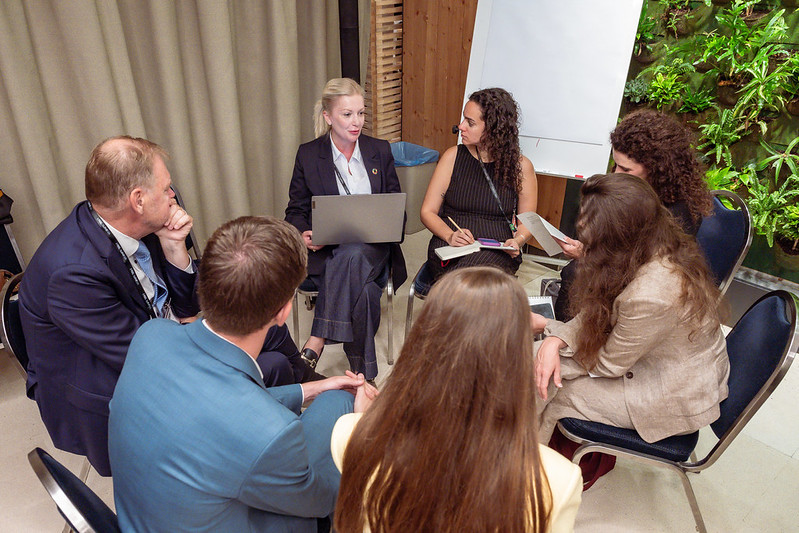
Session 2: Diplomacy in Flux – Scenario Building for a Shifting World
1 September 2025 | Duration: 90 minutes | 5:30–7:00 pm
Format: Participatory scenario-building exercise
Rooted in the 2025 BSF theme, this session applied foresight methods to imagine positive and negative futures for diplomacy, solidarity, and global cooperation. Participants explored how diplomacy might adapt in an era of fragmentation, data nationalism, and shifting definitions of sovereignty.
Key Insights
- Living in a Fractured World – Participants debated whether we are already halfway there. A fractured world could see states asserting data sovereignty, restricting information flows, and driving people to rely on alternative networks like the dark net for both legitimate and illegitimate information.
- Rethinking Borders – Participants questioned what defines a border: geographic, political, physical, or virtual? The answer shapes how diplomacy and cooperation evolve.
- Fragility of the Fortress State – Fortress states eventually collapse under their own weight; innovation and resilience depend on openness and exchange.
- Community and Collective Action – Community building becomes essential. It requires time, intention, and inclusive design rather than major funding. Participants emphasized using AI responsibly, with community-led moderation, to manage risks while preserving openness.
- Challenging Information Economies – In a world where pessimism sells, participants suggested bold experiments like abolishing “likes” on social media to reward authenticity and reduce performative behavior.
Report-Back Reflections:
While fragmentation feels imminent, diplomacy must double down on connection, cooperation, and inclusion. As one participant said, “Pessimism sells, but connection heals.”
Implication:
Diplomacy’s relevance in turbulent futures will depend on its ability to build connective tissue, linking communities, technologies, and narratives across silos.
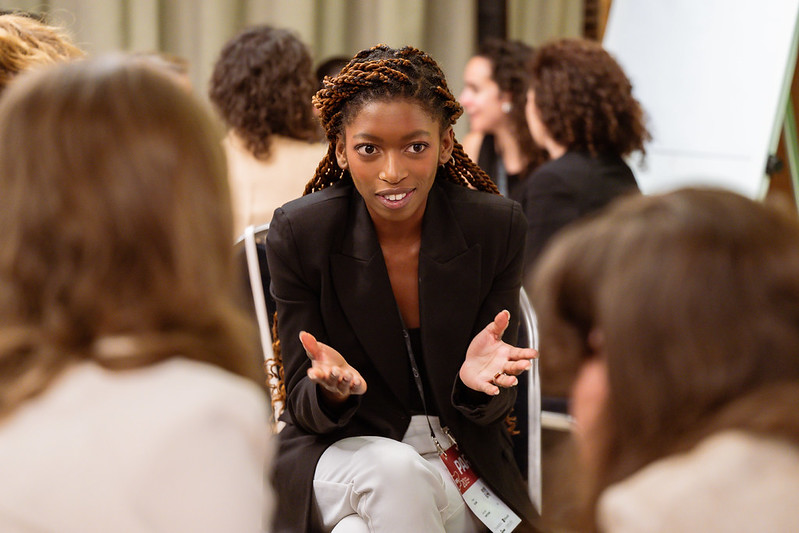
Session 3: Tactics for Turbulence – How Diplomacy Works from the Margins
2 September 2025 | Duration: 75 minutes | 10:30–11:45 am
Format: World Café dialogue
As volatility increases and traditional centres of diplomacy falter, this session explored real-world tactics used by actors in the Balkans, Africa, and beyond to retain voice, legitimacy, and agency.
Key Ideas from Group Reflections
- Trust and Credibility as Foundations – People-to-people diplomacy depends on trust and credibility. Without them, dialogue cannot be authentic or sustainable.
Example: Echoes of Africa builds credibility by creating safe spaces for political prisoners and activists, proving that trust enables even the most difficult conversations. - Creating Safe and Inclusive Spaces – Safe spaces allow silenced or marginalized voices to be heard and valued.
Example: Safecity’s crowdsourced data platform empowers communities to safely share experiences of violence, turning invisible stories into actionable insights that build agency. - Values-Based Leadership – Leaders have a responsibility to model diversity, equity, and inclusion; to listen more; and to be intrapreneurial within institutions.
Examples:
– The President of Guatemala’s use of social media to converse directly with indigenous communities demonstrates accessible, listening leadership.
– Religious leaders as soft power actors bridge divides and shape public trust. - Cross-Sector and Multidisciplinary Collaboration – Diplomacy from the margins thrives when diverse actors co-create solutions.
Examples:
– GDL itself unites traditional diplomats, civil society, and innovators.
– “Cookie diplomacy” demonstrates how small, human gestures can melt barriers and build trust.
Implication:
Diplomacy from the margins is relational, not transactional. It thrives on empathy, creativity, and collaboration.
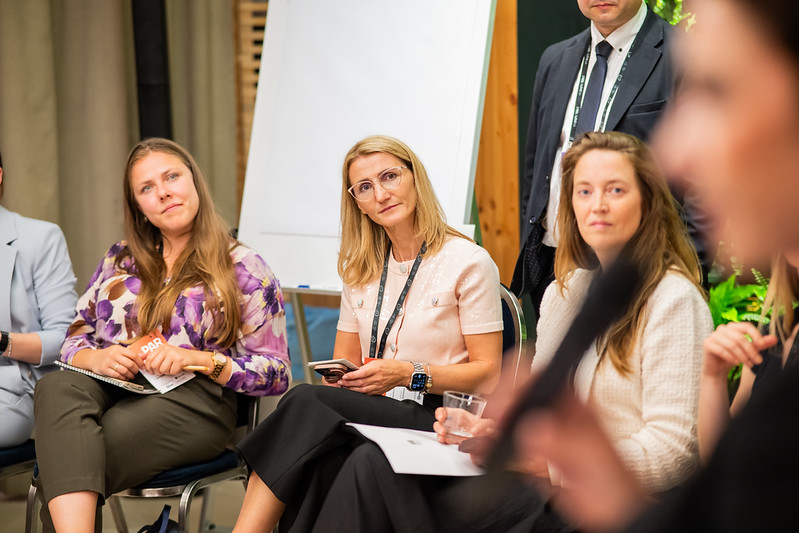
Strategic Foresight Opportunity for the GDL
From Dialogue to Design: Building the Architecture of Inclusive Diplomacy
Across all three sessions, one insight stands out: the future of diplomacy depends on trust networks, not just treaties. GDL is uniquely positioned to prototype and scale this new architecture of inclusive, people-centered diplomacy.
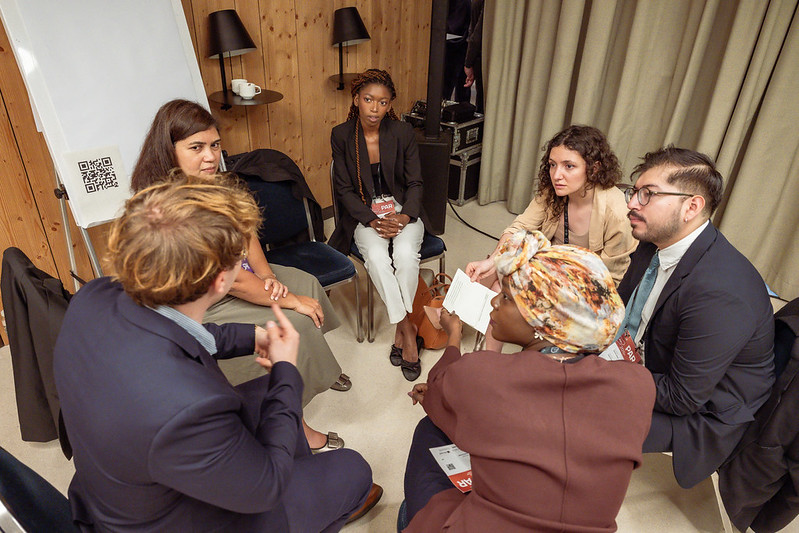
Foresight Directions for GDL (2025–2030)
- Institutionalize People-to-People Diplomacy
- Develop a GDL Trust Index to measure relational trust across communities.
- Launch Diplomacy Labs in key cities where governments, youth, and civil society co-design local solutions.
- Bridge the Digital and Human Divide
- Use AI-assisted foresight tools to identify early warning signals like loneliness and polarization.
- Establish ethical standards for digital diplomacy and safe online dialogue.
- Build Resilient Transnational Networks
- Connect diaspora, youth, and women’s networks as the invisible infrastructure of peace.
- Prototype a “Diplomacy Without Borders” initiative for virtual cross-sector collaboration.
- Champion Safe and Creative Dialogue Spaces
- Expand the Inclusive Diplomacy Lounge model globally.
- Curate empathy circles, foresight salons, and storytelling sessions.
- Recognize micro-diplomacy gestures—like cookie diplomacy—as scalable trust-building practices.
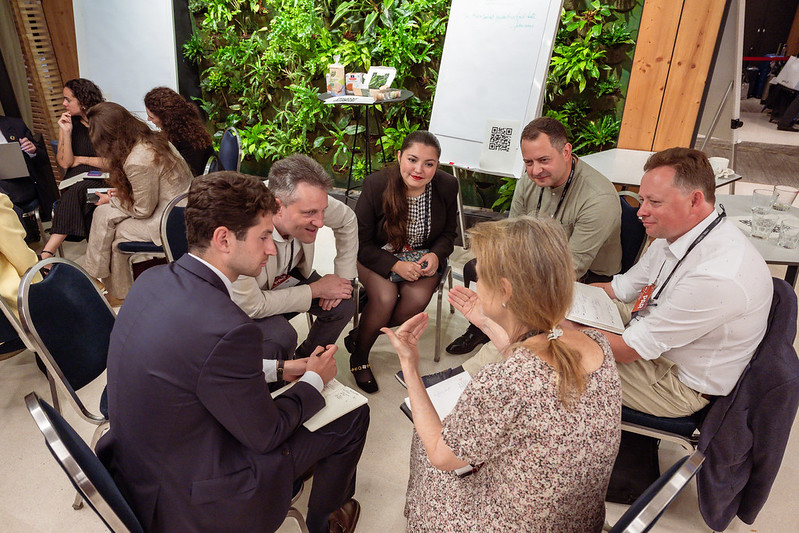
Conclusion
The Bled Strategic Forum 2025 reaffirmed that the diplomacy of tomorrow will not be defined by hierarchy or hard power, but by human connection, collaboration, and creativity.
As turbulence reshapes the global landscape, the Global Diplomacy Lab stands at the frontier of inclusive diplomacy, turning foresight into action and dialogue into design.


